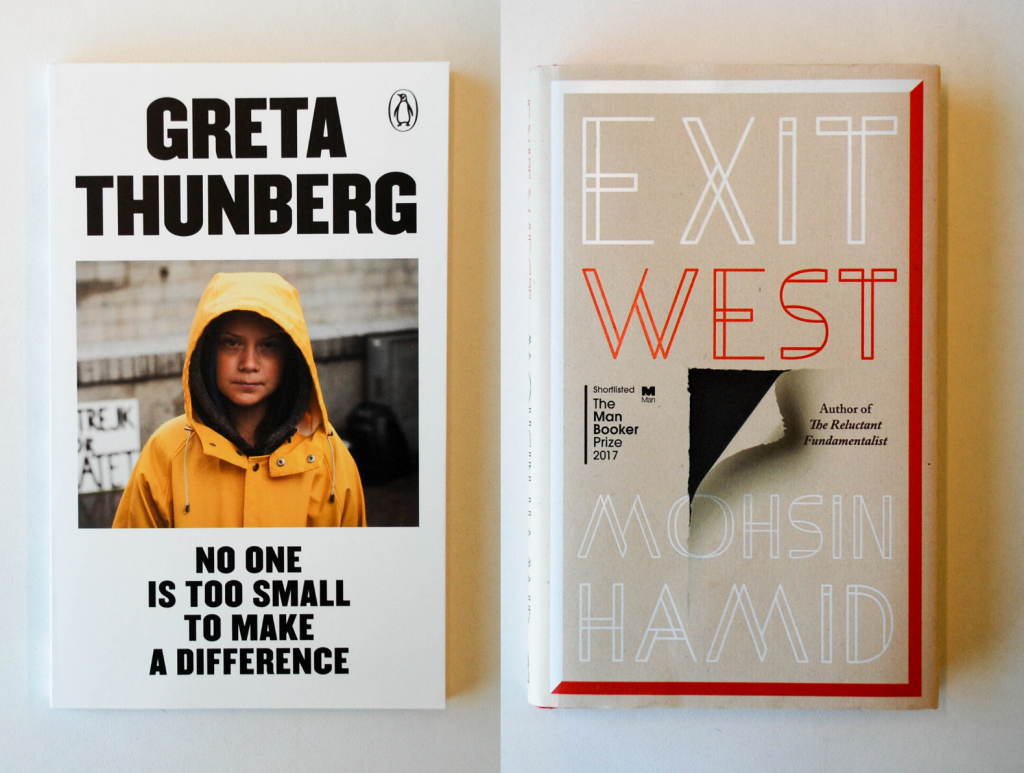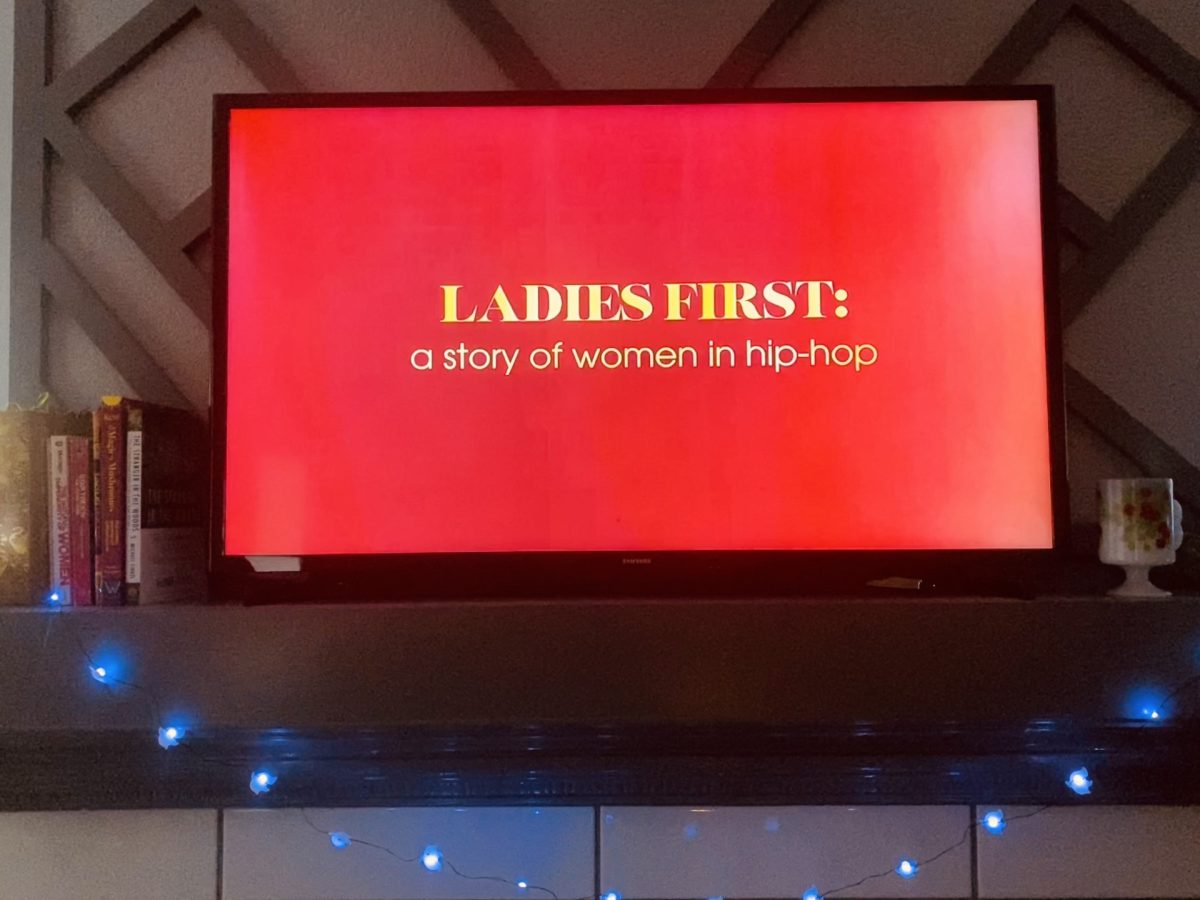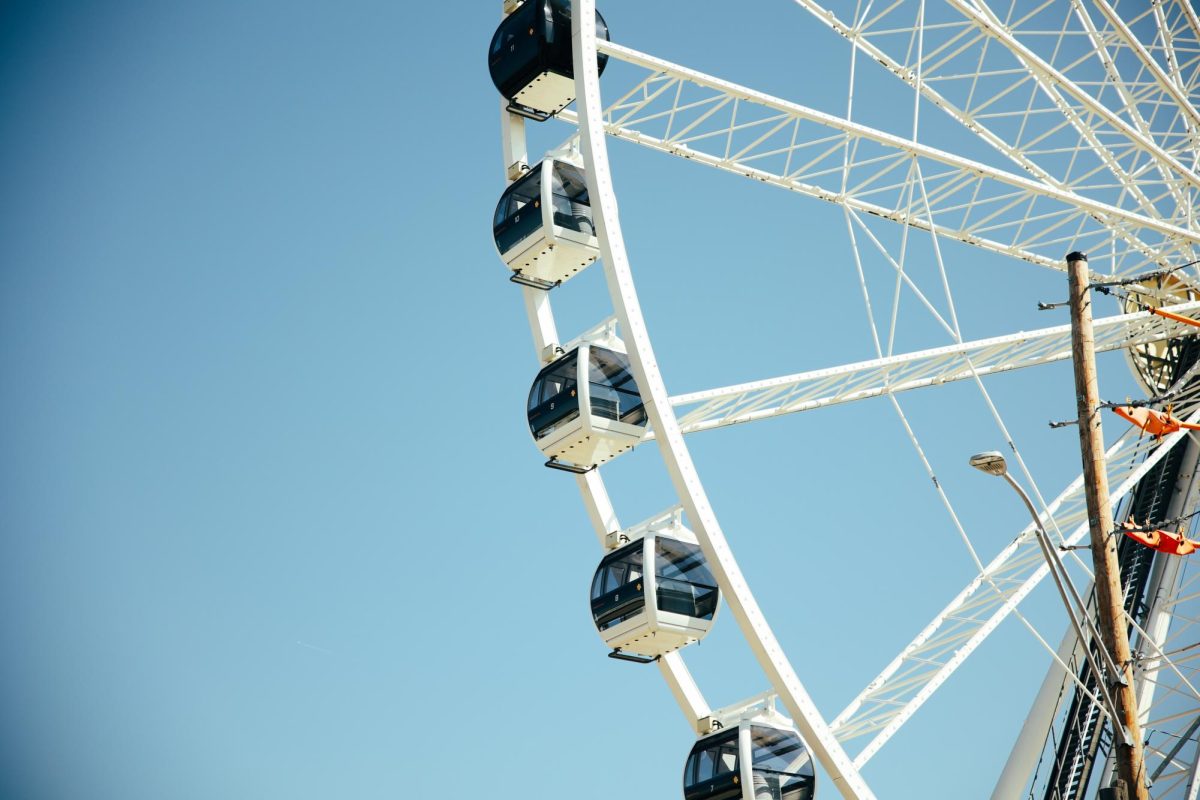“Exit West” by Moshin Hamid
Since its publication in 2017, Pakistani author Moshin Hamid’s fourth novel, “Exit West” has received extensive amounts of praise, being shortlisted for the highly prestigious and career/life-altering Booker Prize in the UK and named by The New York Times as one of the 10 best books of 2017. It was even mentioned by President Barack Obama as one of the books he read that year.
As with any book that has received such near-universal praise, one begins to wonder whether it could truly live up to such soaring heights.
The very brief answer is yes. Hamid’s “Exit West” is the first book I have read that I feel I can easily vouch for as having attained, and be deserving of, “modern classic” status.
The novel centers around Saeed and Nadia, a young couple living in an unnamed city that is teetering back and forth between periods of near-peace and conflict at a time of civil war in their country.
Interestingly, Saeed and Nadia are the only two characters in the novel that are named, and with the exception of a few locations hinted at here and there, many of the book’s specifics can more or less be ad-libbed in by the reader’s imagination.
I enjoyed this approach and felt it gave the novel a certain timeless quality, even though it is very much concerned with the times and conflicts of the present day.
The novel weaves in elements of magical realism to create a truly unique experience that almost reads as dreamily as a modern myth or fairy tale if it were not so heavily rooted and drawn from the harrowing crises of today.
Unfortunately, the novel begins by giving the impression that it will be a slow burn leading straight into an intense climax, but it fails to deliver one as such. “Exit West” begins much stronger than it ends and tends to fizzle out in some areas where it had the potential to create sparks.
Regardless, “Exit West” is definitely a book worth picking up over the break. It is the type of book that you will go on to tell everyone about, because it is just that: a book that everyone should read.
“No One is Too Small to Make a Difference” by Greta Thunberg
If you have been anywhere near social media, the news or on the planet lately, then chances are you’ve heard of 16-year-old Swedish climate activist Greta Thunberg.
Thunberg began to gain notoriety when she left school in order to strike outside the Swedish parliament building, speaking out on her government’s inaction against climate change. Her strikes are now universally known and followed by students around the globe.
This week, Penguin has collected and published Thunberg’s speeches from Two brief, powerful books to check out over break over the course of the last year, which has seen her travel all over the world (including, most recently, to the U.S. by boat) in an effort to educate and spread word about the looming threat of climate change and what we can do to stop it before it’s too late.
Thunberg’s “No One is Too Small to Make a Difference” feels like an important book. It is a monumental one. It feels like a bit of history; no one else before her has done so much to call action against the very real and often unfathomable threat we are facing.
Although reading her speeches is inspiring and enough to make one want to take action by doing whatever they can, actually watching these speeches delivered is something else entirely, and perhaps more useful.
If anything, Thunberg’s “No One is Too Small to Make a Difference” can be used as a manifesto for climate change activists, and really, anyone who cares about the future of our planet. It is a book that is a fantastic starting point for anyone who hears but feels overwhelmed by these calls for action, who feels like a drop of water in an ocean.
If you are looking for a place to start, perhaps this is it.
mspz8b@mail.umkc.edu








